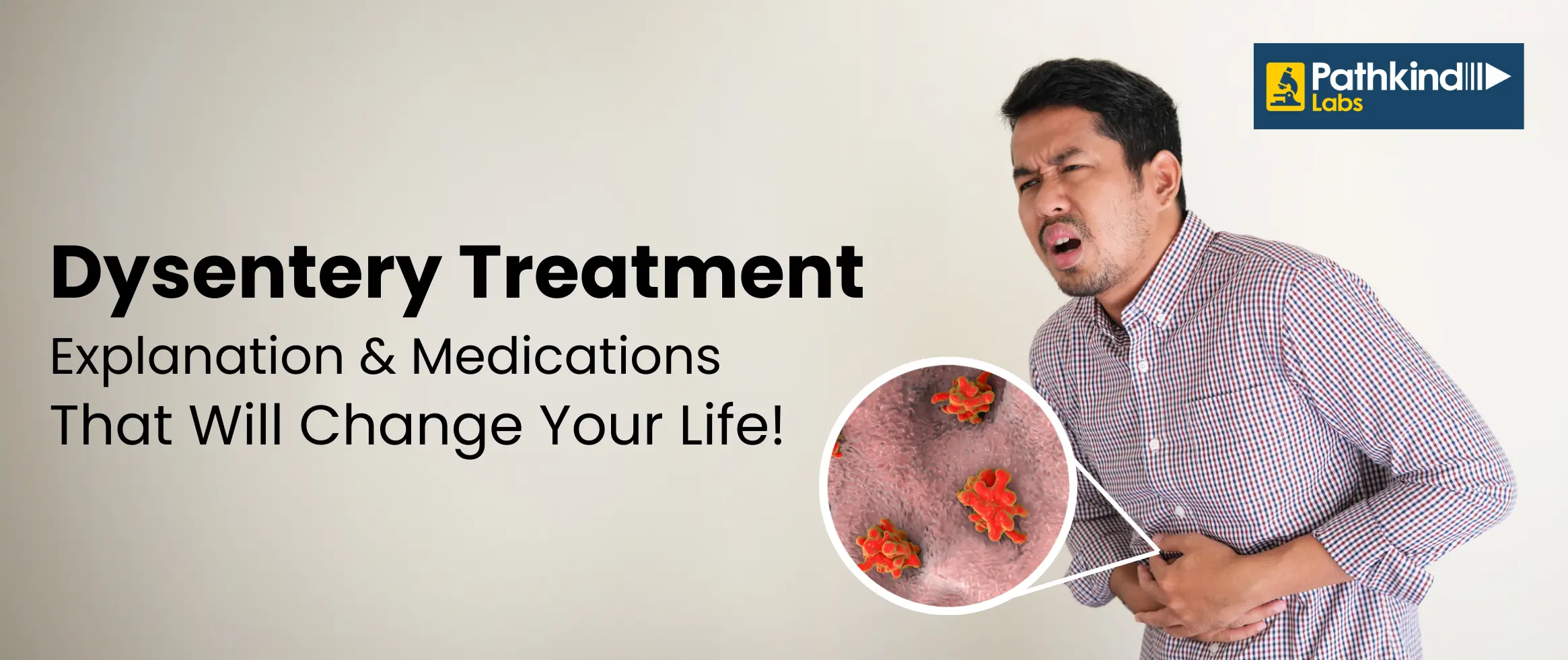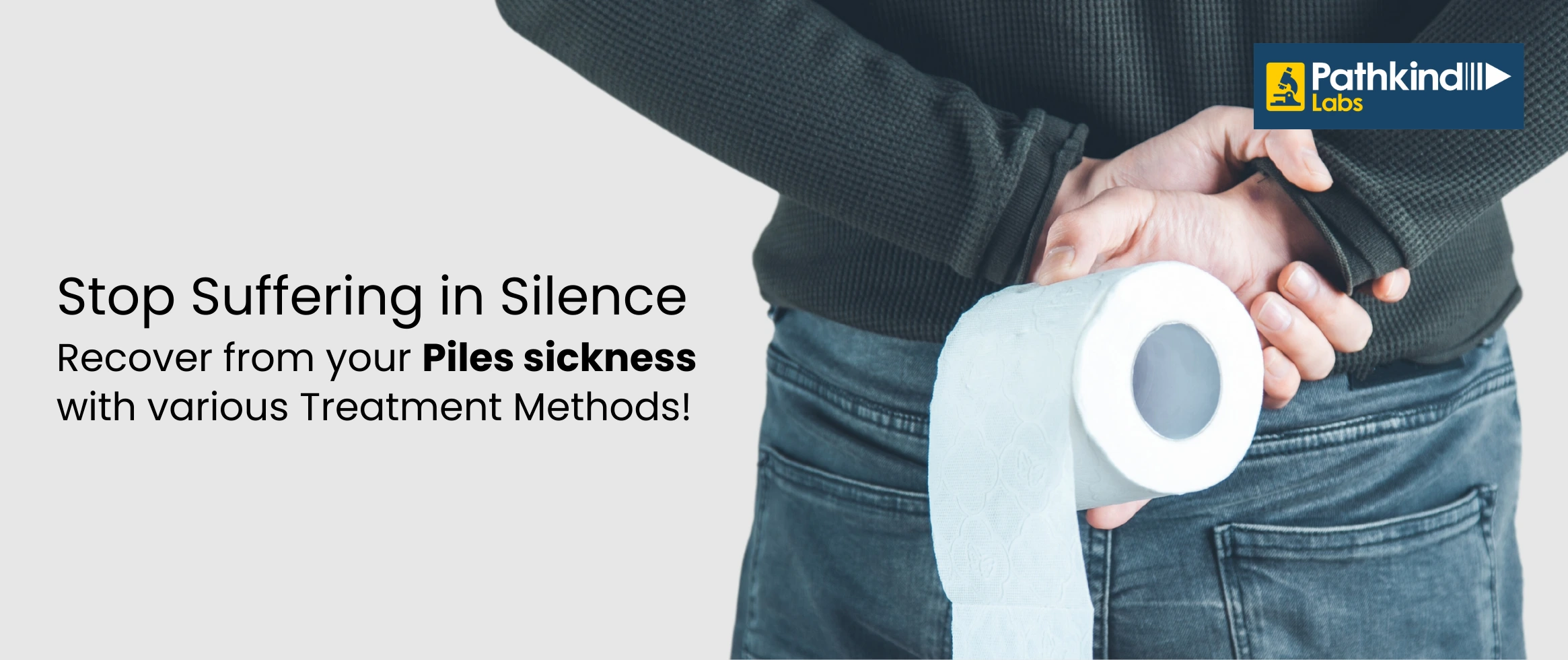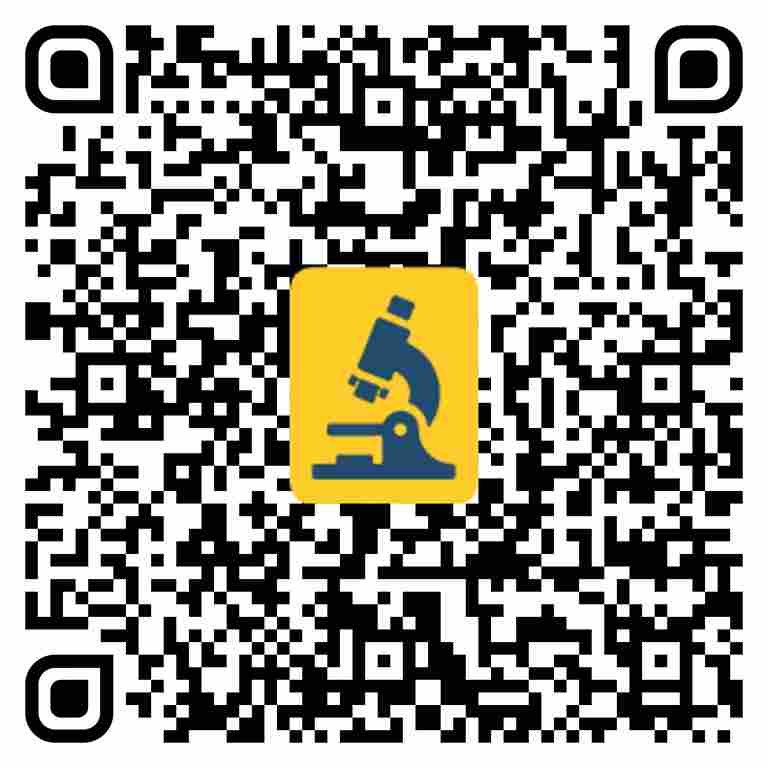The stool test is used to detect stomach problems and digestive tract infections. It is also known as bacterial culture or faeces culture. In this test, your stool is analysed for the presence of a virus, bacteria, or other germs. Some digestive problems, like diarrhoea, may not go away on their own, and then you need to visit your doctor. Your doctor may order some tests to see if there is an underlying cause for abdominal pain, nausea, diarrhoea, or vomiting. A stool culture may be done as part of a number of tests that your doctor will order to determine the reason behind all these symptoms.
What is Stool Test?
The stool test is used to detect stomach problems and digestive tract infections. It is also known as bacterial culture or faeces culture. In this test, your stool is analysed for the presence of a virus, bacteria, or other germs. Some digestive problems, like diarrhoea, may not go away on their own, and then you need to visit your doctor. Your doctor may order some tests to see if there is an underlying cause for abdominal pain, nausea, diarrhoea, or vomiting. A stool culture may be done as part of a number of tests that your doctor will order to determine the reason behind all these symptoms.
Your doctor may order this test if you have cramping or stomach pain and poop containing mucus or blood. In this test, you give your health care professional or technician a sample of your stool. The health care professional will look under the plate to identify the bacteria type. The result of this test isn’t quick, as it may take some time for bacteria to show up on the plate. A stool culture can help your healthcare professional decide whether to prescribe medication as per your test result and health condition.
What is the Purpose of the Stool Test?
The stool test is performed to detect the presence of harmful bacteria, viruses, and parasites in your stool. These harmful bacteria may lead to gastrointestinal infections and cause symptoms such as abdominal pain, diarrhoea, and nausea or vomiting. This test can also detect bacteria that cause intestinal diseases like typhoid fever, dysentery, and cholera. The stool test may also be ordered to aid in the treatment of Crohn’s disease, ulcerative colitis, or irritable bowel syndrome.
What Does the Stool Test Diagnose?
The stool test can be done to identify the underlying reason behind gas, unexplained weight loss, abdominal pain, or other stomach-related symptoms. Your doctor may order a stool test to see if a parasite or bacterium is causing your diarrhoea. A stool test can also be performed to diagnose:
- Inflammatory bowel diseases
- Fat malabsorption
- Pancreatic insufficiency
- Bleeding in the digestive tract
- Certain infections
The stool test can also be used to analyse whether your pancreas is producing enough enzymes for proper digestion. If abnormally low levels of elastase are detected in your stool, it may indicate pancreatic insufficiency. This test can also be helpful in detecting abnormally high levels of fat in the stool, which may indicate impaired fat absorption and digestion.
Why Do You Need a Stool Test?
You may need a stool test if you have digestive issues or gastrointestinal infections. The doctor may also order this test if they feel you have an infectious diarrheal illness. Here are a few other reasons why you may need a stool test:
- To identify possible bacterial infections.
- To detect blood in the digestive tract, which may be a warning sign of colon cancer.
- To detect an elevated level of faecal calprotectin, which indicates inflammation in the bowel.
- To diagnose celiac disease, lactose intolerance, gluten sensitivity, or digestive food sensitivity.
- If you have symptoms like fever, abdominal pain and cramping, nausea, vomiting, severe diarrhoea, and blood in your stool.
Preparation and Procedure Required for a Stool Test
No special preparations are needed for a stool test. If you’re taking herbs, illegal drugs, or supplements, inform your doctor, as they may interfere with the test results.
During the stool test, the technician will provide a sterile container in which you’ll have to collect your stool. You must ensure that the stool is not mixed with water or urine, as it can alter the test results. Ensure that your poop doesn’t touch the inside portion of your toilet. You should also take care not to overfill the container. The technician will direct you on how to collect your stool in the right way.
Once the sample is collected, it is taken to the lab immediately as it needs to be put in a nutrient solution. If there is a delay in taking the sample to the lab, it must be refrigerated. Sometimes up to three specimens are needed from different bowel movements to rule out parasites or infection.
After placing the stool in the culture, it can take three to four days for any bacteria or parasite in the stool to grow. These parasites and bacteria can then be isolated and examined for further assessment.
Understanding Stool Test Results
If your stool test results are negative, it indicates you don’t have an infection, as no harmful parasites or bacteria were found in the stool. A positive test result signifies that your poop is infected with a virus, germ, or other types of bacteria. You should discuss the test results with your doctor so that they can identify the infection you have and start the treatment immediately.



 NABL approved
NABL approved  Most Trusted by
Most Trusted by  Accuracy &
Accuracy &  Widest Range
Widest Range 




















